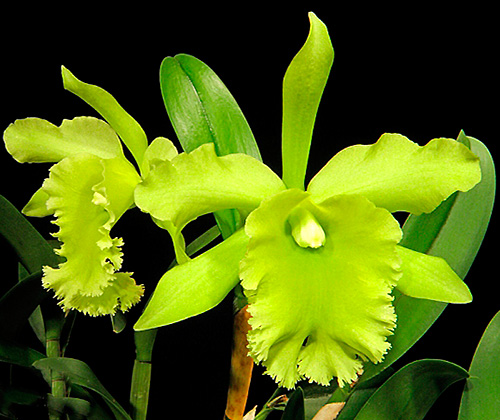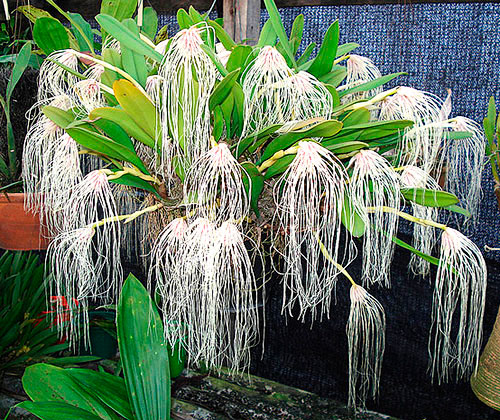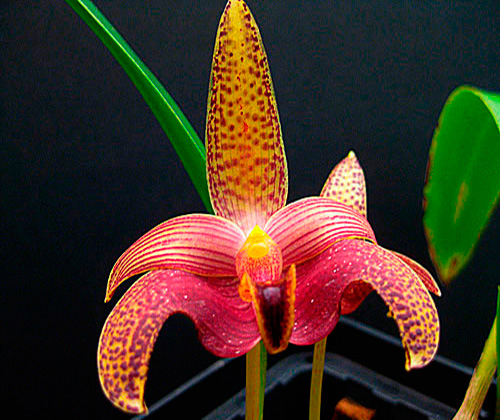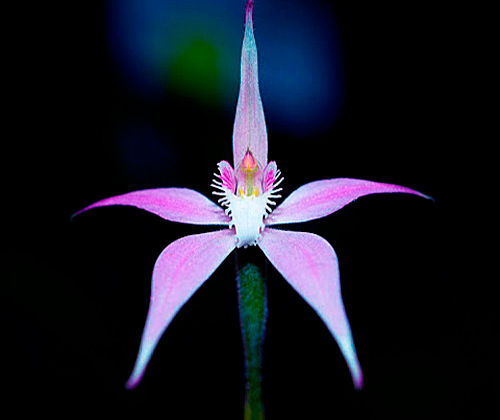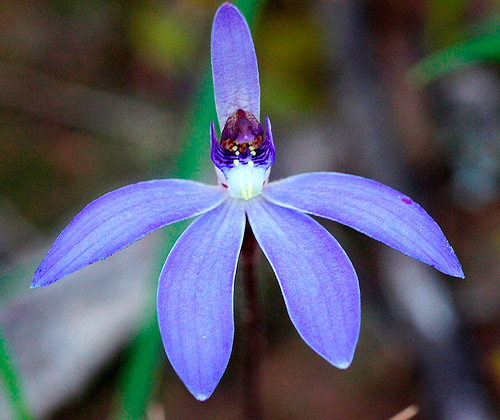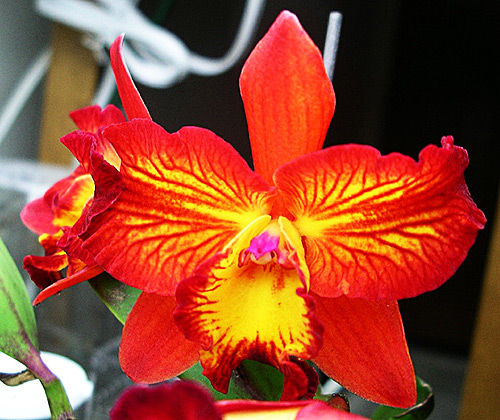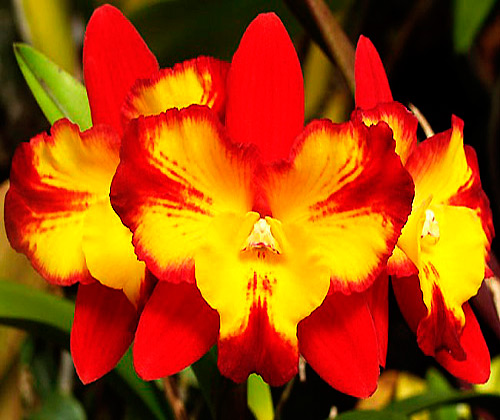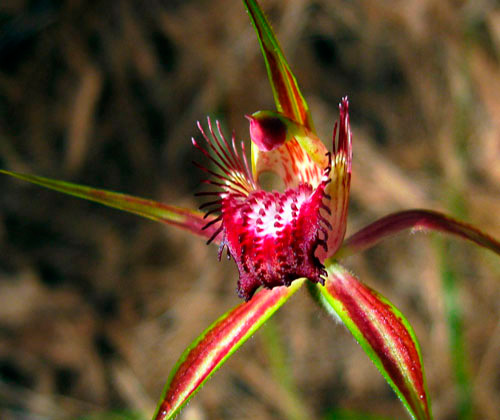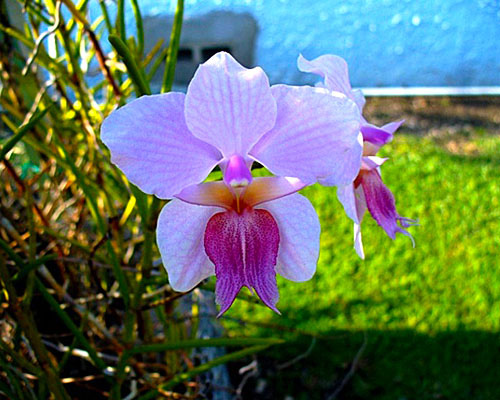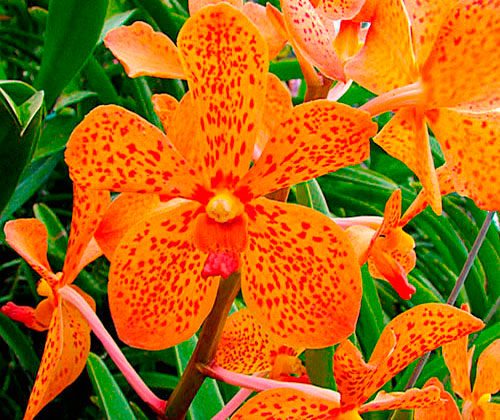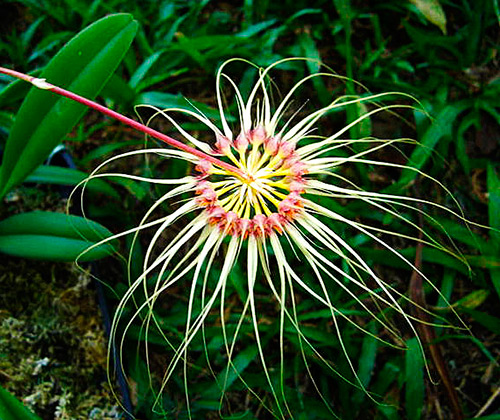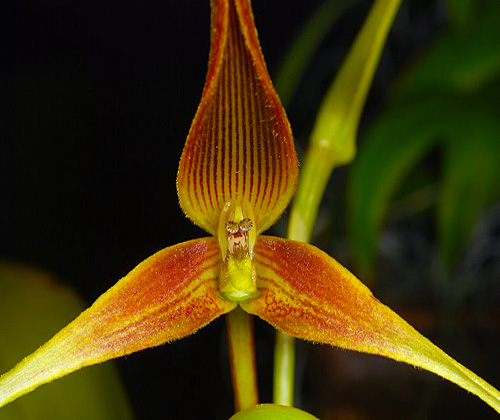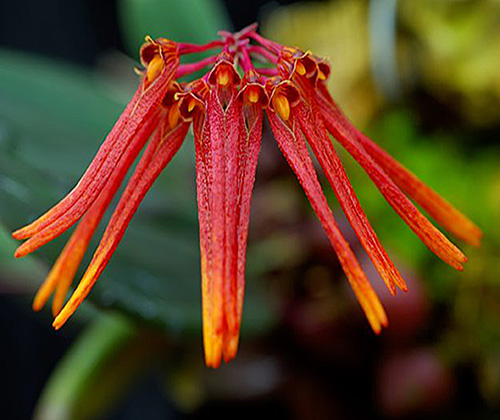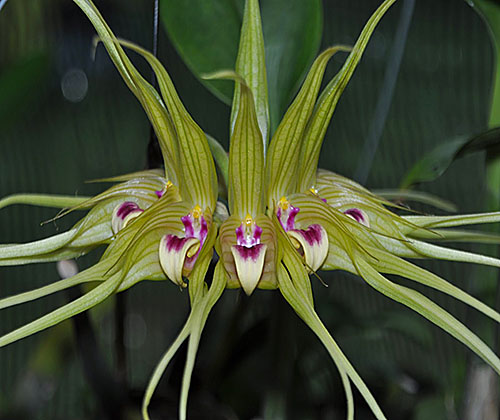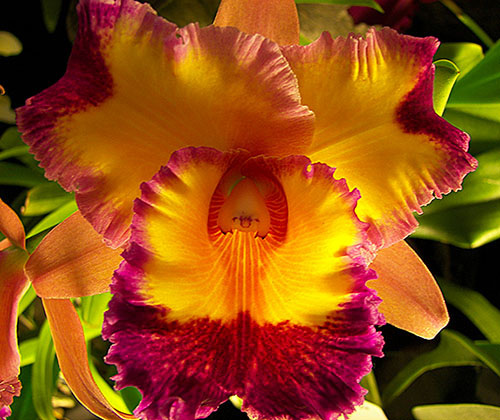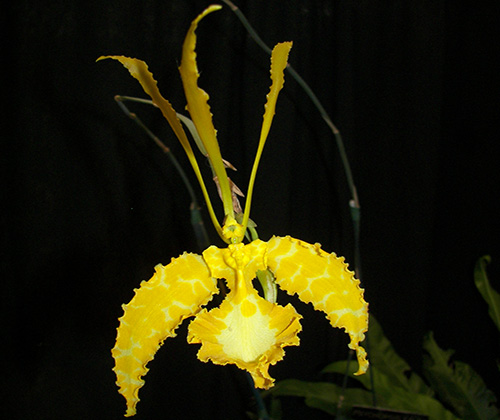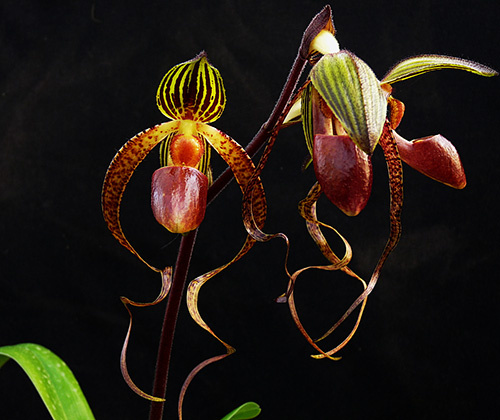The Orchid Family
This orchid website is a compilation and description of some favorite hybrids, cultivars, and species orchids. The orchid family has over 880 different types (called genera) and over 22,000 species. These numbers are growing every year making orchids the largest and most diverse of the flowering plant families. In general Orchids are largely tropical plants which live as epiphytes or "air plants" rooting on to trees for support. Some orchids are lithophytes or "rock plants" growing on or among rocks. The remaining orchids are terrestrials which grow in the loamy detritus of the jungle floor. The list of Natural Orchidaceae Genera can be found here.
Species orchids are native, distinct plants that occur wild in nature and were not the result of human breeding. A hybrid is the result of breeding with another different orchid, either species or hybrids. The process is usually referred to as hybridising or "'crossing". Hybrids are mostly man-made (though there are some naturally occuring) crosses between naturally occurring species. A hybrid made with 2 species is called a primary hybrid. When you start crossing hybrids with each other and with species you get complex hybrids. Hybrid orchids are more fertile (multiple blooms per year), propagate faster and are easier to care for, because they have numerous “parents” that already have various built-in tolerances to accomodate to inconsistent lifestyles and poor conditions. Species orchids are more likely to survive neglect, and are accustomed to strange environments where they may be deprived of the proper nutrients, planting material, light, or shade. The original plant is the species orchids (no ancestry can be traced before the species). A hybrid orchid has a family tree that can be traced all the way back to the original species that they were bred from. Orchid species contain the smallest and the largest orchids. There are more orchids available for “potting” that are species orchids. Its faster and cheaper to propagate hybrid orchids in turn making them less costly in general (propagation is done by meristem and seed).
Orchidaceae
The Orchidaceae, commonly referred to as the orchid family, is a morphologically diverse and widespread family of monocots in the order Asparagales. Along with the Asteraceae, it is one of the two largest families of flowering plants, with between 21,950 and 26,049 currently accepted species, found in 880 genera.[1][2] Selecting which of the two families is larger remains elusive because of the difficulties associated with putting hard species numbers on such enormous groups. Regardless, the number of orchid species equals more than twice the number of bird species, and about four times the number of mammal species. It also encompasses about 6–11% of all seed plants.[3] The largest genera are Bulbophyllum (2,000 species), Epidendrum (1,500 species), Dendrobium (1,400 species) and Pleurothallis (1,000 species). The family also includes Vanilla (the genus of the vanilla plant), Orchis (type genus), and many commonly cultivated plants such as Phalaenopsis and Cattleya. Moreover, since the introduction of tropical species in the 19th century, horticulturists have produced more than 100,000 hybrids and cultivars.

